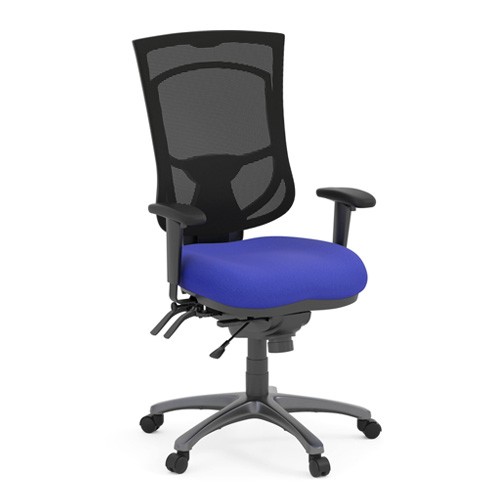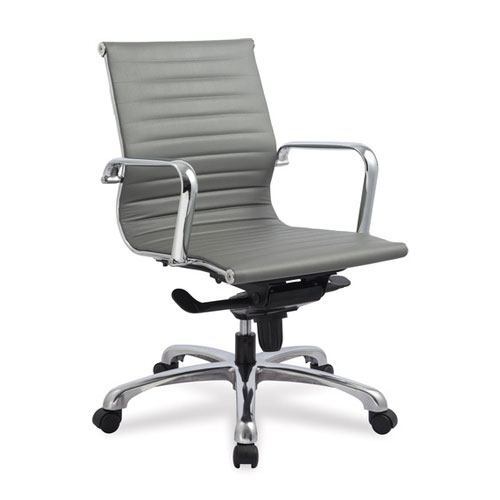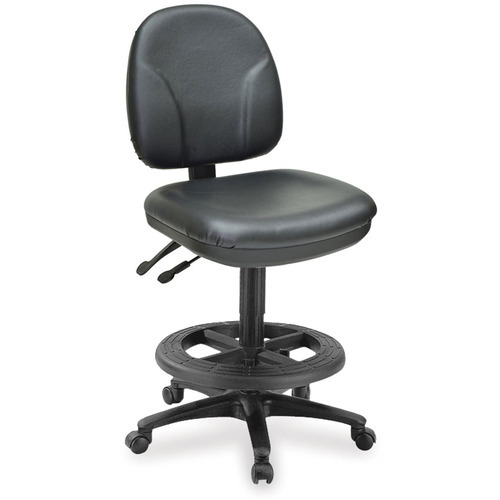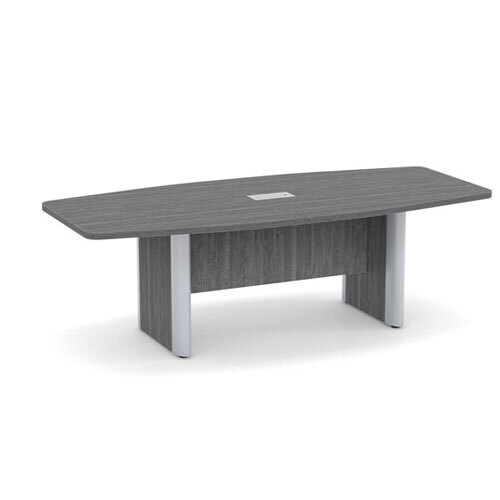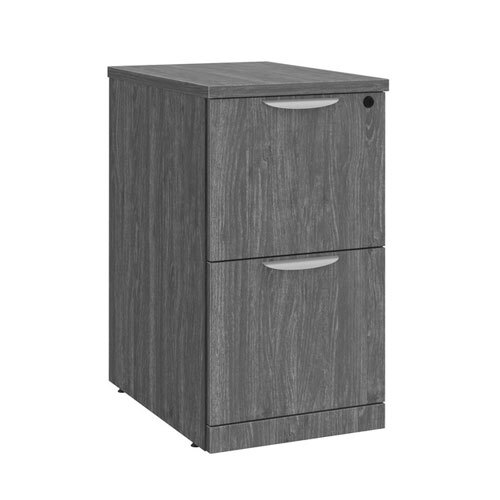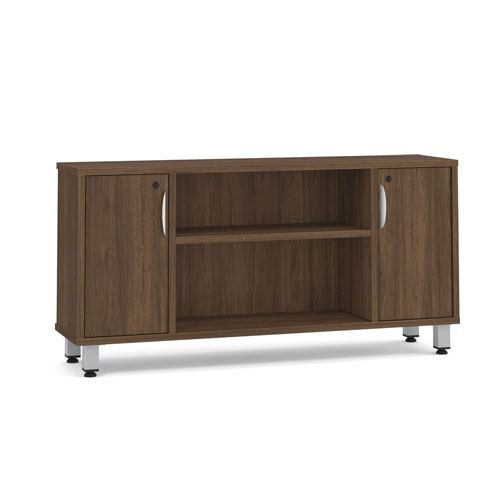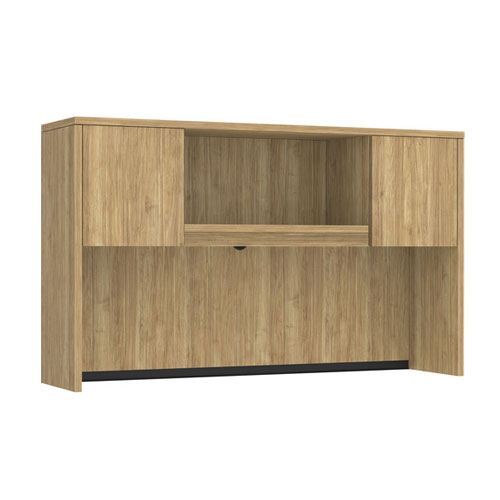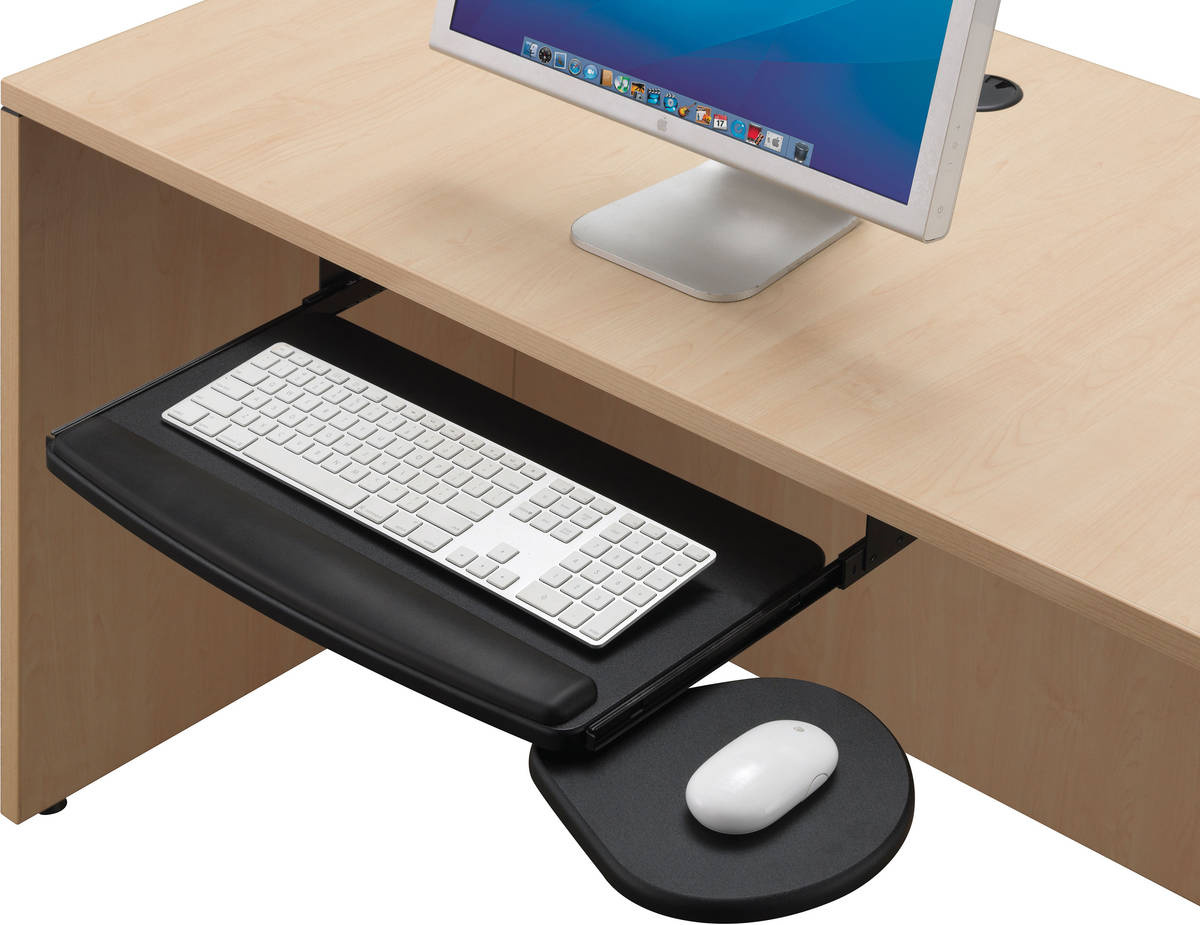Office Filing Cabinets
Shop All Office Filing Cabinets
Premium Steel Metal Filing Cabinets - 2 Drawer in Black
p/n: CPSFFBLACK
Premium Steel Metal Filing Cabinets - 2 Drawer in Silver
p/n: CPSFFSILVER
Premium Steel Metal Filing Cabinets - 2 Drawer in White
p/n: CPSFFWHITE
Premium Steel Metal Filing Cabinets - 3 Drawer in Black
p/n: CPSBBFBLACK
Premium Steel Metal Filing Cabinets - 3 Drawer in Silver
p/n: CPSBBFSILVER
Premium Steel Metal Filing Cabinets - 3 Drawer in White
p/n: CPSBBFWHITE
Locking Mobile Box/File Pedestal - Espresso
p/n: PL1007ESPRESSO
Locking Mobile Box/File Pedestal - Modern Walnut
p/n: PL1007MWN
Locking Mobile Box/File Pedestal - Newport Grey
p/n: PL1007NPG
Locking Mobile Box/File Pedestal - Silver Birch
p/n: PL1007SLB
Locking Mobile Box/File Pedestal - White
p/n: PL1007WHITE
Premium Steel Metal Filing Cabinets - 2 Drawer in Black with Casters
p/n: STEST1002NBLKBLK
Premium Steel Metal Filing Cabinets - 2 Drawer in Silver with Casters
p/n: STEST1002NSILSIL
Premium Steel Metal Filing Cabinets - 2 Drawer in White with Casters
p/n: STEST1002NWHTWHT
Premium Steel Metal Filing Cabinets - 3 Drawer in Black with Casters
p/n: STEST1001NBLKBLK
Premium Steel Metal Filing Cabinets - 3 Drawer in Silver with Casters
p/n: STEST1001NSILSIL
Premium Steel Metal Filing Cabinets - 3 Drawer in White with Casters
p/n: STEST1001NWHTWHT
Metal Rounded Mobile Pedestal - Silver
p/n: RCPSBFSILVER
Filing cabinets are often taken for granted, but they’re important parts of a functioning office. They help keep your workspace organized and important documents easily accessible and secure. Whether you're looking for something sleek and modern or more traditional, filing cabinets come in all shapes and sizes, so you can organize exactly how you want.
Why Choose Source Office Furniture
Your office filing cabinets should be durable and secure. With Source, you can be confident that the filing cabinet you choose has been built with quality and longevity in mind, making it a key piece of furniture in your office for years to come.











